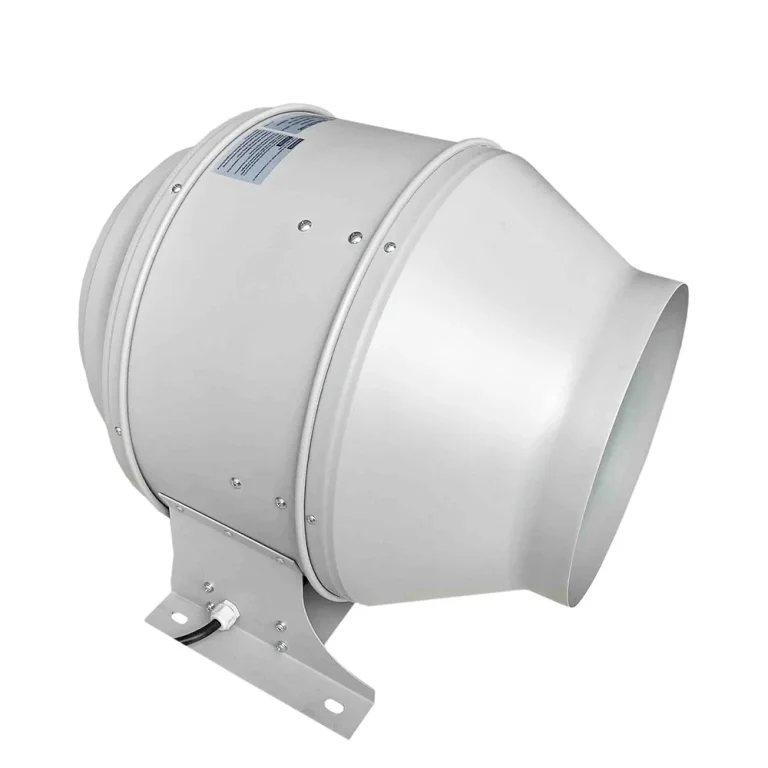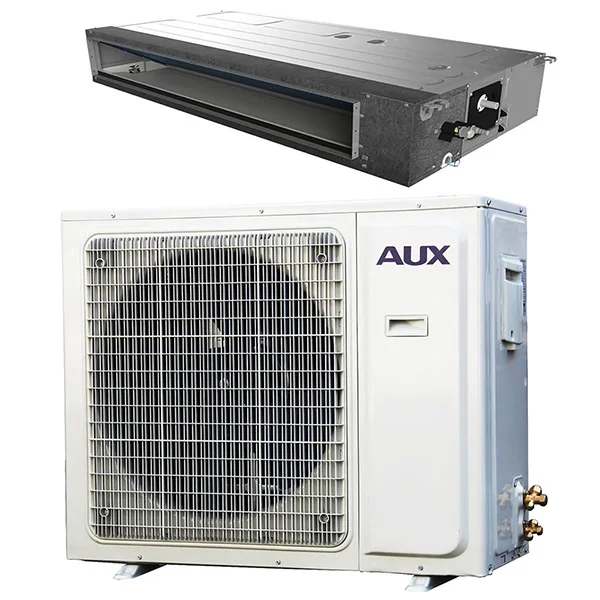What Are the Benefits of Using Grow Lights for Seedlings?
Can Grow Lights Improve Seedling Growth Rates?
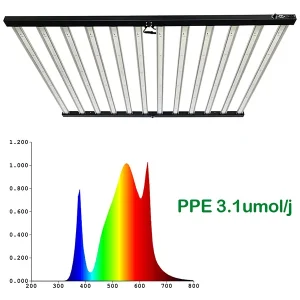
TIDESTAR’s LED grow lights work well for this purpose. TIDESTAR’s 1000W 1200W 1400W 4x6FT LED Grow Lights Samsung lm301B Full Spectrum Lamp delivers uniform PPFD over a 4x6ft area, max output 1400w. Its thermal features and quality power units help maintain consistent performance over time. The light source can be positioned up to 15 meters above the plant canopy, and this is highly adaptable for growth conditions.
How Do Grow Lights Impact the Nutritional Quality of Plants?
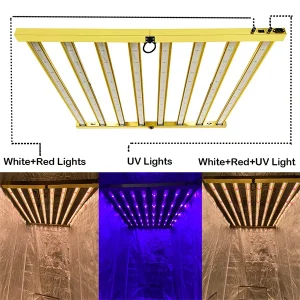
The 800w UV IR Samsung lm301B LED Grow Light Full Spectrum 2 Channels Dimming is created to provide a range of light spectrums that include UV and IR components as well. These extra spectrums foster the production of plant metabolites, which play a vital part in the health and nutrition benefits of the plant. As they are capable of lowering the light intensity when need be, producers have it simplified to alter the light intensity according to the age of the plant, enhancing even more the rate of production.
How to Use Grow Lights for Seedlings Effectively?
What Are the Key Steps to Set Up TIDESTAR’s Grow Lights?
Proper Placement and Distance of the Lights
When setting up grow lights for seedlings, it is important to ensure they are positioned correctly to avoid issues, such as insufficient light exposure. For optimal results with TIDESTAR grow lights:
- Start by hanging the lights approximately 18-24 inches above the seedlings.
- Monitor plant response daily.If seedlings appear leggy or stretch towards the light, lower it slightly.
- Adjust height as plants grow taller to maintain consistent coverage without causing stress.
Adjusting Light Intensity and Duration of TIDESTAR
The health of seedlings is influenced by the level and length of exposure they receive with most seedlings needing 12 to 16 hours of light each day during their early growth phases. TIDESTAR’s offerings make it easier by providing settings that enable accurate regulation of light intensity.
The adjustable dimmer knob on TIDESTAR’s LED quantum panels allows farmers to adjust the brightness based on the requirements of the plants for lighting during each stage of growth.
- Use timers to automate lighting schedules.
- Gradually increase intensity as seedlings mature.
- Observe plant behavior.Yellowing may indicate excessive light, while pale or weak growth suggests insufficient exposure.
How Can You Maximize Nutritional Value with TIDESTAR’s Grow Lights?
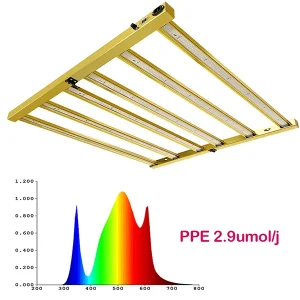
The Samsung LM301B LED Grow Light 720w Built-in LED Driver Grow Lights Full Spectrum offers high efficiency reaching up to 2.9 Μmol/J, which helps in using energy and enhancing the nutrient content in plants effectively. To fully leverage these advantages:
- Utilize UV light channels during early stages to stimulate robust root development.
- Introduce IR wavelengths during flowering phases for enhanced nutrient density.
- Regularly adjust dimming settings based on plant health indicators.
When growers incorporate these methods alongside TIDESTAR’s cutting edge technology into their practices, it can lead to outcomes in both the quantity of yield and the nutritional quality of seedlings grown under artificial lights.
Why Choose TIDESTAR for Using Grow Lights for Seedlings?
What Makes TIDESTAR’s Grow Lights Unique?
Advanced Light Spectrum Technology in TIDESTAR’s Products
TIDESTAR’s grow lights are unique for their light spectrum technology that replicates natural sunlight and addresses the specific requirements of young plants. TIDESTAR’s grow lights come with full spectrum functions that encompass UV and IR elements crucial for various plant growth phases. The UV light component fosters root growth while the IR wavelengths boost flower production and nutrient richness. The full spectrum lighting from TIDESTAR guarantees that young plants get the wavelengths they need for photosynthesis and nutrient development.
Energy Efficiency and Durability of TIDESTAR’s Grow Lights
TIDESTAR’s grow lights are known for their energy efficiency, which helps in being eco-friendly and saving costs efficiently. TIDESTAR’s Full Spectrum LED Quantum Grow Light Panel is designed scientifically to retain 90% of its brightness even after extensive use between 35k to 50k hours. This results in a life expectancy of about 7 to 8 years or more, so it is a good choice for the run.
Their heavy-duty design details like effective cooling mechanisms and elements like tempered glass and aluminum enclosures in the luminaires of TIDESTAR testify their long-life behavior by functioning efficiently under adverse conditions for an extended period of time without trading away light quality to seeds.
How Does TIDESTAR Ensure Optimal Results for Seedlings?
Customizable Settings for Different Plant Needs
One key feature that sets TIDESTAR’s grow lights apart is the ability to customize settings based on the requirements of plants grown under them. The dimmer knob on the LED quantum panels gives growers the freedom to fine-tune brightness levels for lighting conditions during different stages of plant growth.
For example:
- During the early stages of seedling development, lower light intensity can be used to prevent stress.
- As seedlings mature, light intensity can be gradually increased to promote robust growth.
- Specific wavelengths like UV can be introduced during root development phases, while IR can be utilized during flowering stages.
Customizing to this extent doesn’t just improve the being of plants but also boosts their potential yield significantly better than before. The products from TIDESTAR also include features, such as automated timers for easier lighting schedules and less need for manual adjustments – making them user friendly for growers of all levels of experience.
Frequently Asked Questions about Using Grow Lights for Seedlings
Q: Should I use grow lights on seedlings?
A: Using grow lights is super crucial for hardy seedlings. Seedlings need artificial light before they graduate and can go outside into natural light. But without proper training, they will fry in the harsh sunlight.
Q: How long should seedlings be under a grow light?
A: Seedlings usually need 14 to 16 hours of light per day, best from a full-spectrum grow light. Both natural and artificial light are considered. A period of darkness must also be given, generally 8 hours, in order to allow for respiration and growth processes.
Q: Can I leave my grow light on 24 hours for seedlings?
A: Even long-day plants need a respiration period every day of at least 6 hours (for seedlings) and ideally 8-10 hours for mature plants. We strongly recommend avoiding provision of more than 14-16 hours of light per day, even to long-day types.
Q: How do you know if the light is too close to seedlings?
A: They’ll look like they’re stretching to reach the light — because they are! If your seedlings are crowded, they’ll have a burned look. They may have browning around the edges or the leaves may take on a sort of whiteish color from too much intense lighting. They may also crinkle up or curl over from too much light.

